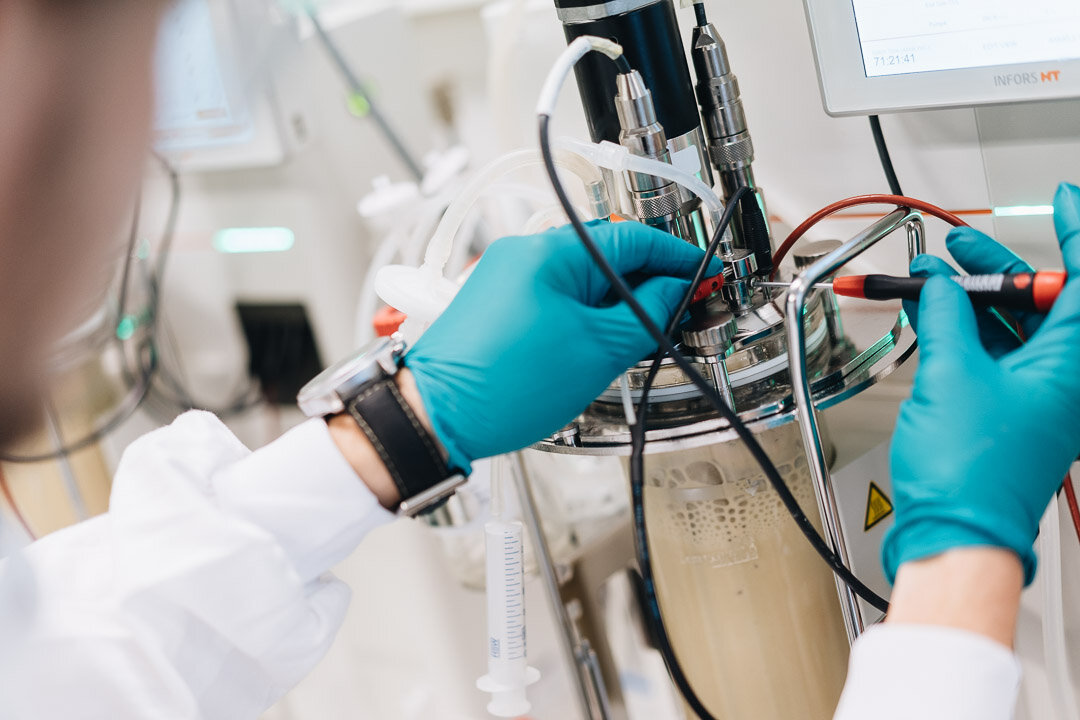#New research analyzes modeling techniques for carbon capture technology

“#New research analyzes modeling techniques for carbon capture technology”

In the transition toward clean, renewable energy, there will still be a need for conventional power sources, like coal and natural gas, to ensure steady power to the grid. Researchers across the world are using unique materials and methods that will make those conventional power sources cleaner through carbon capture technology.
Creating accurate, detailed models is key to scaling up this important work. A recent paper led by the University of Pittsburgh Swanson School of Engineering examines and compares the various modeling approaches for hollow fiber membrane contactors (HFMCs), a type of carbon capture technology. The group analyzed over 150 cited studies of multiple modeling approaches to help researchers choose the technique best suited to their research.
“HFMCs are one of the leading technologies for post-combustion carbon capture, but we need modeling to better understand them,” said Katherine Hornbostel, assistant professor of mechanical engineering and materials science, whose lab led the analysis. “Our analysis can guide researchers whose work is integral to meeting our climate goals and help them scale up the technology for commercial use.”
A hollow fiber membrane contactor (HFMC) is a group of fibers in a bundle, with exhaust flowing on one side and a liquid solvent on the other to trap the carbon dioxide. The paper reviews state-of-the-art methods for modeling carbon capture HFMCs in one, two and three dimensions, comparing them in-depth and suggesting directions for future research.
“The ideal modeling technique varies depending on the project, but we found that 3-D models are qualitatively different in the nature of information they can reveal,” said Joanna Rivero, graduate student working in the Hornbostel Lab and lead author. “Though cost limits their wide use, we identify 3-D modeling and scale-up modeling as areas that will greatly accelerate the progress of this technology.”
Grigorios Panagakos, research engineer and teaching faculty in Carnegie Mellon University’s Department of Chemical Engineering, brought his expertise in analyzing the modeling of transport phenomena to the review paper, as well.
Joanna R. Rivero et al, Hollow Fiber Membrane Contactors for Post-Combustion Carbon Capture: A Review of Modeling Approaches, Membranes (2020). DOI: 10.3390/membranes10120382
Citation:
New research analyzes modeling techniques for carbon capture technology (2020, December 16)
retrieved 16 December 2020
from https://phys.org/news/2020-12-techniques-carbon-capture-technology.html
This document is subject to copyright. Apart from any fair dealing for the purpose of private study or research, no
part may be reproduced without the written permission. The content is provided for information purposes only.
If you liked the article, do not forget to share it with your friends. Follow us on Google News too, click on the star and choose us from your favorites.
For forums sites go to Forum.BuradaBiliyorum.Com
If you want to read more Like this articles, you can visit our Science category.




